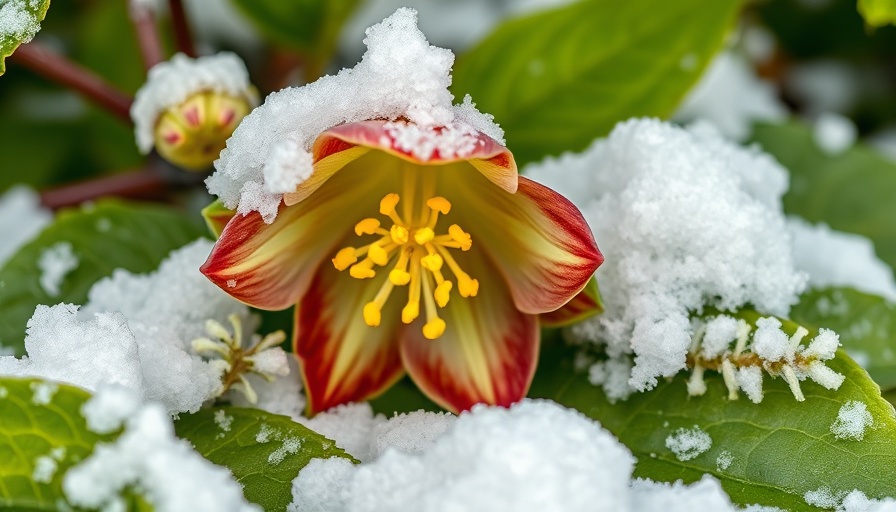
Revitalize Your Garden with Winter Flowering Plants
Winter often casts a pall over our landscapes, leaving them looking lifeless and frozen. Yet, there’s a secret to restoring vibrancy during these chilly months: winter flowering plants. These resilient botanicals not only survive the frost but also brighten up our outdoor spaces during a time when most gardens are dormant. Let’s delve deeper into the benefits, varieties, and tips for enhancing your landscape with these botanical winter wonders.
Why Choose Winter Flowering Plants?
One of the most compelling reasons to introduce winter flowering plants into your garden is the enriching visual diversity they bring during a season typically characterized by gray skies and barren branches. These hardy plants will infuse color, texture, and life into your outdoor space, allowing for seasonal enjoyment and beauty even amidst the cold. Moreover, winter flowers can attract crucial pollinators, such as bees, which may become active during milder weather, thereby contributing to the overall health of your garden ecosystem.
Popular Winter Flowering Plants to Explore
When selecting winter flowering plants, variety is key to creating an inviting landscape. Here are some popular options:
- Winter Jasmine: Known for its bright yellow blooms, this hardy vine thrives in various soil types and is often used as ground cover.
- Hellebores: Commonly referred to as Christmas or Lenten roses, hellebores boast elegant blooms in subtle hues of pink, white, and purple, starting to appear as early as late winter.
- Snowdrops: These enchanting little flowers often break through the snow, heralding spring with delicate white petals.
- Winter Heath: Adaptable and resilient, winter heath blooms in pink, white, or purple, providing a delightful contrast against the winter landscape.
- Witch Hazel: This unique shrub offers fragrant yellow or red flowers and is an excellent addition to any winter garden.
Design Tips for Your Winter Landscape
Integrating winter flowers into your landscape design requires strategic planning to maximize their visual appeal. Here are some thoughtful design tips:
- Layering: Combine various heights and textures by placing taller plants like witch hazel in the back and shorter plants like snowdrops in the front for a multi-dimensional look.
- Color Coordination: Consider color schemes that complement your existing landscape. Bright yellows and rich purples can create a stunning contrast against the typical winter backdrop.
- Hardscaping Elements: Incorporate hardscape features such as pathways, decorative stones, and benches to guide the eye and provide interactive spaces amid your winter blooms.
Conclusion: Transform Your Outdoors
As homeowners with a passion for beautiful landscapes, incorporating winter flowering plants can significantly enhance your enjoyment and connection to your garden during the colder months. Beyond aesthetics, these plants contribute positively to your local ecosystem while adding rich layers of biodiversity to your outdoor space. As we embrace the chilly season, consider making the leap into the world of winter blooms to bring warmth and color to your landscape.
If you're ready to explore options and start planting today, reach out to local nurseries or landscape architects for consultation and to curate your winter garden. The reward will be a rejuvenated landscape that you can enjoy year-round.
 Add Row
Add Row  Add
Add 




Write A Comment